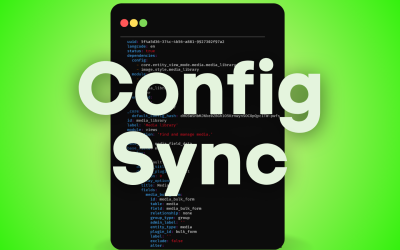
For several years we have been hearing about programmatic marketing (also known as programmatic advertising or programmatic media) as the Next Big Thing in the digital world. With companies like ABC and American Express investing heavily in the data and technology which makes programmatic advertising possible, we can probably say with some certainty that the future has finally arrived.
Programmatic marketing is the targeted purchasing and selling of advertising space on all digital platforms. It requires the use of vast sets of data to pinpoint the market you want to reach, when you want to reach them. Ads customized to draw attention to your business are automated to be delivered with absolute specificity and efficiency. The only question is ‘- Does it work?
The programmatic marketing process
To make it work, a programmatic marketing platform (PMP) needs big data analytics. By casting a wide net, seeking all manner of information, analysts find hidden patterns, trends, and preferences. They will know, for instance, not only the average age and gender of any given author’s readership, but also the typical car they drive, and music they listen to – and more. Much, much more. This permits an algorithmic distribution of advertisements predicated on behavior and interests. The goal is to focus so narrowly on a given target that the ROI on the ad campaign should be extremely high.
The ads are then automated to reach this target audience across all digital platforms. Facebook, for example, will send ads on mobile, tablet, and laptop; but only to females between the age of 25 and 40, with an average income of $70K, who listen to classical music stations, drive Hondas, and live in the U.S. southwest.
RTB
All of this is accomplished by real-time bidding (RTB). An ad block opens up in a user’s browser, and pertinent data about the page and the user is passed on to an ad exchange. They then auction this data to the advertiser willing to pay the most at that precise moment for the available space on that user’s page. Multiple factors are considered, such as the user’s purchasing and search history. All of this happens in fractions of a second. The ad from the winning bidder is then loaded almost instantly.
Of course, nobody can guarantee that the user pays any attention to the ads appearing on a webpage. The ad is present, but it may be ignored. These delivered ads are called (more accurately, I believe) impressions. The cost of delivering an impression in real time is predicated on what buyers will pay – hence the phrase real-time bidding.
The PMP also knows how much is budgeted for any given campaign, and delivers the impressions based on cost and optimal times to hit the target. Moreover, data is continually being retrieved and stored, which provides insight to the marketer for the next campaign.
The question is, should there be a next campaign? The only real proof that this method works is if the phone rings and sales increase. But, isn’t that true of all marketing campaigns?
Photo credit: Daniel Voyager / Foter / CC BY



